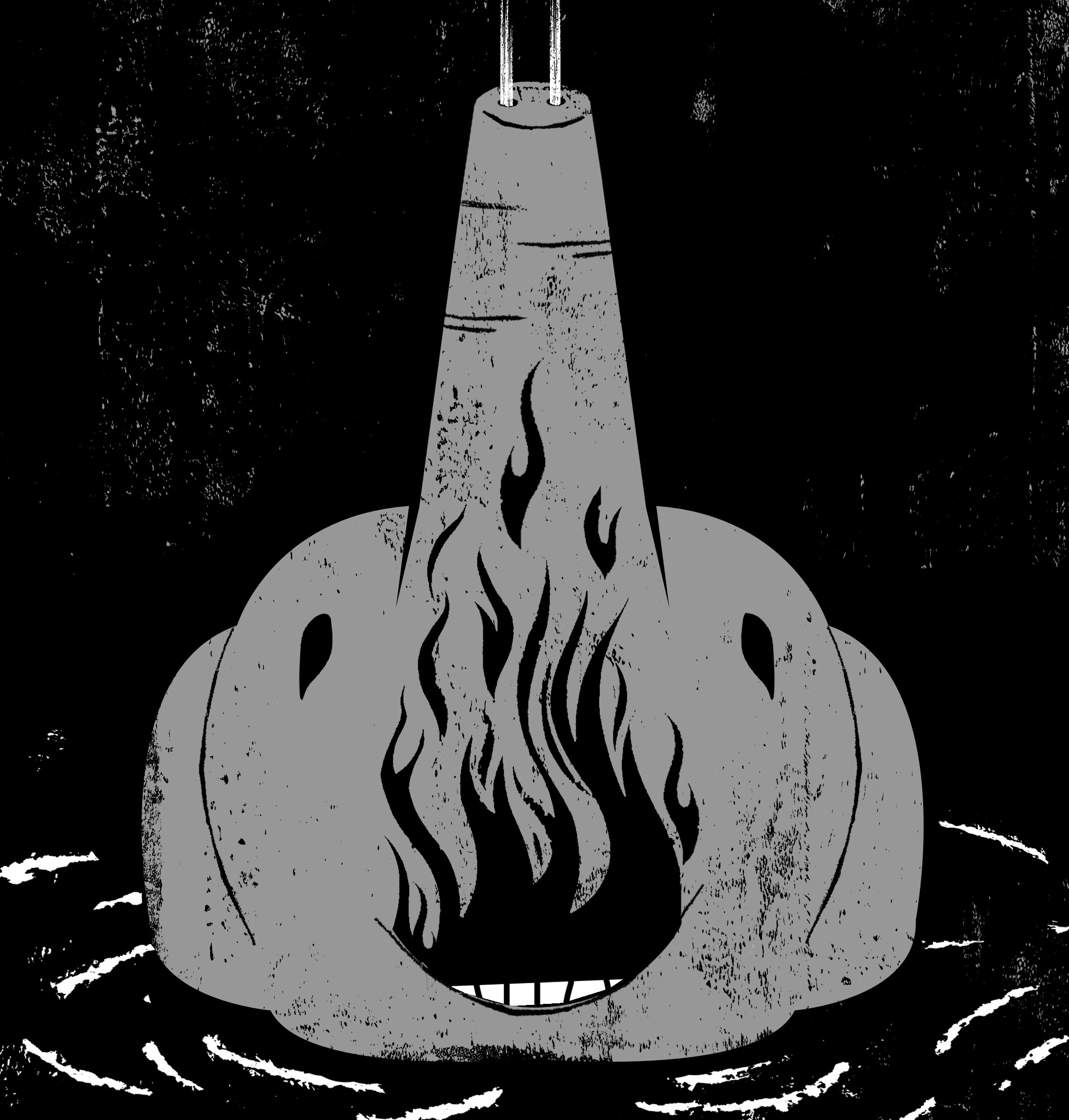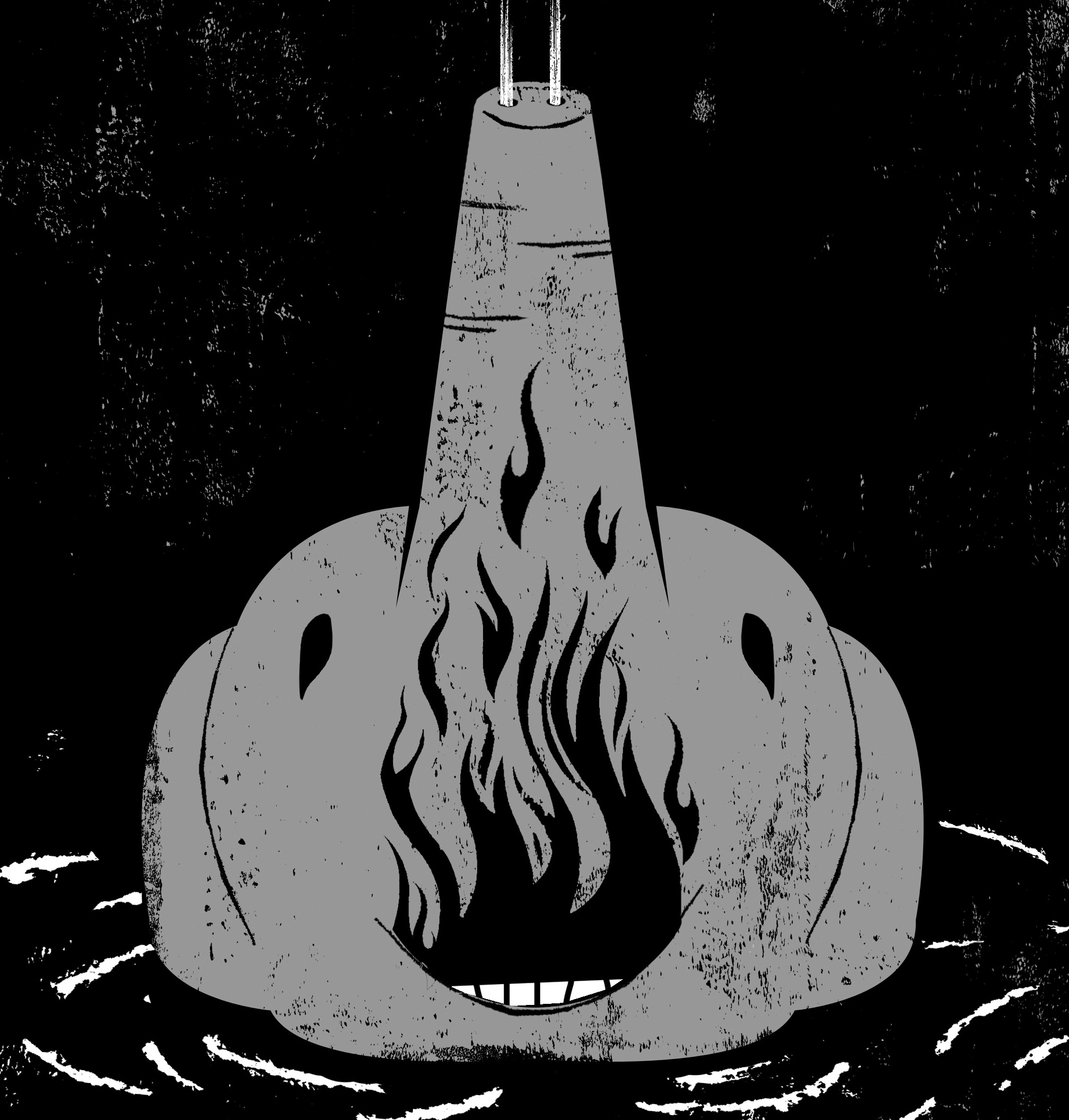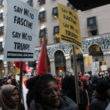
Reporters appreciate the annual Conservative Political Action Conference. It never fails to provide good copy.
Consider.
On the mid-March Monday morning when CPAC 2013 opened its doors, there was Congressman Louie Gohmert, trying to make his way to an interview with the Tea Party Network Radio host, a six-foot tall blond woman in a slinky red dress and leopard pattern stiletto heels. Gohmert was navigating a swarm of college students swapping smart phones so everyone could get a picture with the congressman.
Louie Gohmert? The short, bald Teabagger who has accomplished nothing in the six years as he has represented his East Texas district—other than establish himself as a cable news curiosity whose comments are so over the top that they go viral in 24 hours?
Less than 30 feet from Gohmert, in front of the NRA Radio booth, another pack of students has Allen West pinned against the wall, handing him programs to sign and jostling to snap photos with yet another CPAC rock star. West served one term in the House, where like Gohmert, he made his bones by making outrageous statements. It helped that he was a black Republican Congressman taking on Obama, “who uses welfare to keep us all on the plantation.” It also helps with this crowd that he was fined and discharged from the Army for shoving an Iraqi prisoner’s head into a barrel and firing his pistol beside the prisoner’s ear.
Across radio row from Col. West is Dr. Orly Taitz, Esq., the Russian-born naturalized citizen dentist and lawyer from Southern California whose sui generis second career is a campaign to prove that Barack Obama was not born in the United States.
Taitz is telling a TV news team that she has just tracked down the individual whose Social Security number Obama uses to pass himself off as an American citizen.
This abundance of lowhanging fruit distorts reporting on CPAC and its relationship with the party that controls the House and could be a majority in the U.S. Senate in 2015.
CPAC is a right-wing Brigadoon, where the Republican grassroots gather once a year to hear from party leaders and celebrities discuss public policy, and if you’re young and lucky, find someone to sleep with and a job on the Hill or at Heritage.
| “When one party moves this far from the political center of American politics, it is extremely difficult to enact policies responsive to the country’s most pressing problems.” |
A slot in the speaker’s lineup is a requisite for every Republican elected official or candidate of national standing. (Reagan addressed CPAC 14 times.) Speakers (pick one: John Boehner, Mitch McConnell, Eric Cantor, Lindsey Graham, Marco Rubio, Rand Paul, Ted Cruz, Bobby Jindal) establish their bona fides by dedicating themselves to the extreme policy positions that are canonical in this crowd.
After four days of immersion, 8,000 to 10,000 participants depart, convinced that anthropogenic climate change is a hoax; government warnings about BPA plastic bottles are a plot designed to create hysteria to drive the public into the arms of the Nanny State; and that Rand Paul is a viable candidate for the presidency of the United States.
Professional politicians leave with a list of positions they promised to support and a reading of which tropes get the best response. The 2012 Republican primary was rehearsed and crowdsourced at CPAC 2011 and 2012. And you can consider Rand Paul placing first in the 2013 Straw Poll the beginning of the 2016 Republican primaries.
As CPAC grows extreme and more inbred each year (it just turned 40), it continues to move the GOP’s center of gravity further to the right.
All of this—underwritten by the American Conservative Union, whose non-profit IRS status designates it an “educational organization”—serves the interest of the Democratic Party. Compared to the political flatearthers who show up in Washington every winter, Democrats come off as even more centrist and moderate than they actually are.
Yet if Republican extremism is good for the Democrats, it is bad for the country. That is the thesis of Thomas Mann and Norman Ornstein’s indispensable 2012 book: It’s Even Worse Than It Looks: How the American Constitutional System Collided With the New Politics of Extremism.
“When one party moves this far from the political center of American politics,” the authors write, “it is extremely difficult to enact policies responsive to the country’s most pressing problems.”
One factor that contributed to the Republican shift from the political center, according to Mann and Ornstein, is the movement conservatism that Newt Gingrich adopted when he realized that a radical political insurgency was the easiest route to a Republican majority in the House.
After Gingrich was elected House Speaker in 1994, moderation and compromise became anathema to the party. Once a year, the Republican base gathers in a convention hotel in Washington to ensure that doesn’t change.
Beyond the right-wing funhouse stories, the public that pays attention to politics sees CPAC as a series of political speeches delivered by the luminaries of the Republican Party. Mitt Romney delivered the concession speech he didn’t have prepared when he was “surprised” by Obama in November. Rand Paul and Marco Rubio began their presidential races. Rick Santorum kicked off his 2016 campaign for whatever (or the fundraising campaign for his non-profit foundation, which pays his salary and travel expenses) with a jeremiad that used the death of his adolescent nephew the previous day as a ghoulish set piece to attack “the left in government who for 100 years have made it their mission to have a government program that addresses every pain.” And the dimwitted but ruggedly handsome governor of Texas said that Republicans lost the last two presidential elections because their candidates were not conservatives.
| The outsized influence of hard-liners is doing to the GOP what supporters of Gene McCarthy and George McGovern did to the Democratic Party. |
The big-name speeches are half the story. CPAC is a right-wing politics kindercamp, where college students are flown in for four days of political indoctrination. Sarah Palin recognized them with a shoutout in her speech: “Yeah, you Young Republicans, especially you who went Greek. I’m so proud of you guys. All of you college Republicans there on campus. You are so bold.”
Fifty percent of this year’s CPAC attendees were between the age of 18-25, according to The Washington Times. All of them looked Greek to me, dressed for fraternity or sorority pledge-class installations.
Blazers, khaki pants, buttoned-down shirts, ties (or bowties) for college-aged men; elegant dresses and heels for young women. (For four days sitting in hotels listening to speeches and panels?) The curriculum is predictable. Among this year’s offerings:
•Former Apollo astronaut Walter Cunningham debunking scientific findings that human activity is causing global warming, while offering no scientific argument to counter what is accepted by 97 percent of climate scientists. (Walt’s work is underwritten by the Heartland Institute, which is funded by industrialist Barre Seid, Exxon Mobil, Charles Koch, the Waltons of Walmart, and Pittsburgh billionaire Richard Mellon Scaife, to name a few.)
•The Competitive Enterprise Institute’s Angela Logomasini describing the virtues of Bisphenol A (BPA) plastic, despite FDA’s warnings that BPA can adversely effect “the brain, behavior, and prostate gland in fetuses, infants, and young children.”
•A Heritage Foundation panel that reframed environmental politics in free-market terms. For balance, the panel included Kathleen Hartnett White from the Texas Public Policy Foundation, which is funded by San Antonio billionaire James Leininger and the Koch brothers.
Other panels argued for increased military spending, a more focused campaign against women’s reproductive freedom, expanded Second Amendment rights, and Ayn Rand’s preeminence as a public intellectual.
CPAC enthusiasts refer to their event as “Mardi Gras for Conservatives” and maybe this is what some consider a good time. It is more accurately described as a Republican Youth League camp. It recruits and trains replacement voters for a party that the Pew Research Center profiles as “92 percent white…tends to be male, married, Protestant, well off and at least 50.”
Obviously, many constituent groups make up today’s Republican Party. The U.S. Chamber of Commerce and the American Petroleum Institute, the National Rifle Association, and the American Legislative Exchange Council, to name a few. But the party is captive to CPAC. And to Ralph Reed’s Faith and Family Coalition, the Family Research Council Values Voter Summits, along with other ideological groups that book the same speakers, advance the same arguments, and bolster the same confirmation bias.
The result is a party so extreme that it is toxic. Pew reported in February that 62 percent of the public perceives the party as out of touch with the American people and only 33 percent of the public view Republicans positively. In The Washington Post, Pew director Andrew Kohut wrote that, “The outsize influence of hard-line elements in the party base is doing to the GOP what supporters of Gene McCarthy and George McGovern did to the Democratic Party in the 1960s and early 1970s—radicalizing its image and standing in the way of its revitalization.”
Kohut describes “a party dominated by a highly energized bloc of voters with extremely conservative positions on nearly all issues…These staunch conservatives who emerged with great force in the Obama era represent 45 percent of the Republican base.”
| The “Growth and Opportunity Report”—shaped by pragmatic conservatives, including former George W. Bush Press Secretary Ari Fleischer—is a near-complete catalog of deficiencies the party needs to address to win national elections. |
The Republican National Committee is trying to steer the party toward a more reasonable political center. A 98-page report the RNC released last month describes the party’s demographic crisis, in particular its alienation of Hispanics, arguing that Republicans need to embrace immigration reform or risk further marginalization.
The report addresses the anti-gay positions and rhetoric that are creating a generational divide within the party.
It describes a lack of appeal among younger voters: “In 2012, Mitt Romney won individuals older than 30 by 1.8 million votes; he lost voters younger than 30 by 5 million votes.”
And it describes the “Republican Party’s ‘women’ problem.”
“In 2012, President Obama won women by 11 points, whereas Governor Romney won married women by 11 points. However, it is important to note that 40 percent of female voters are single and that Obama won single women by a whopping 36 percent.”
The “Growth and Opportunity Report”—shaped by pragmatic conservatives, including former George W. Bush Press Secretary Ari Fleischer—is a near-complete catalog of deficiencies the party needs to address to win national elections. Yet it avoids the rogue elephant in the room. No mention of the extremist base working to defeat moderate incumbents, such as Indiana Senator Richard Lugar.
No mention of Todd Akin and Richard Mourdock, Senate candidates so extreme and misogynistic that in one election cycle they converted Republican women into Democratic voters. And no examination of the extremist institutions that have redefined the party.
The “hard-line” elements represented by CPAC are too big to confront.
The tail is now bigger than the dog.
So the race to the right continues.
Rand Paul tells an on-its-feet-and-screaming CPAC crowd that “the GOP of old has grown stale and moss-covered. I don’t think we need to name any names here, do we?” He is referring to the moderate conservatives who on occasion vote with the Democrats.
The highly overrated Marco Rubio dismisses the argument that the party needs to reconsider some of its conservative positions: “We don’t need a new idea. There is an idea called America and it still works.”
Rick Perry describes John McCain and Mitt Romney as Republicans who are too moderate to win a national election.
Rick Santorum warns that President Obama is turning the United States into a country that is “godless and without faith, where the government is the center.”
The Republican Party is at war with itself.
It appears to be losing.
Lou Dubose is the editor of The Washington Spectator.
(Illustration by Edel Rodriguez)







0 Comments